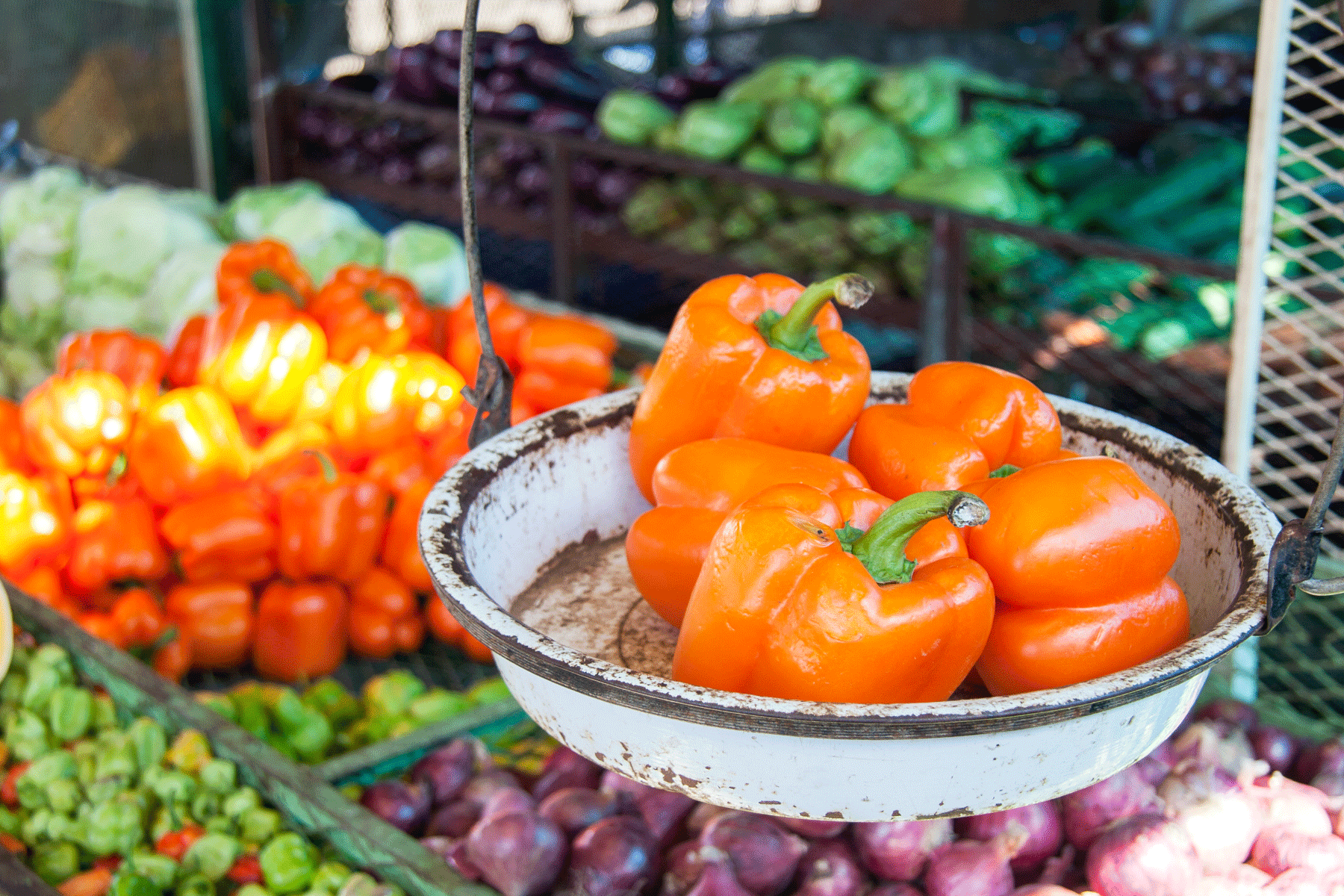
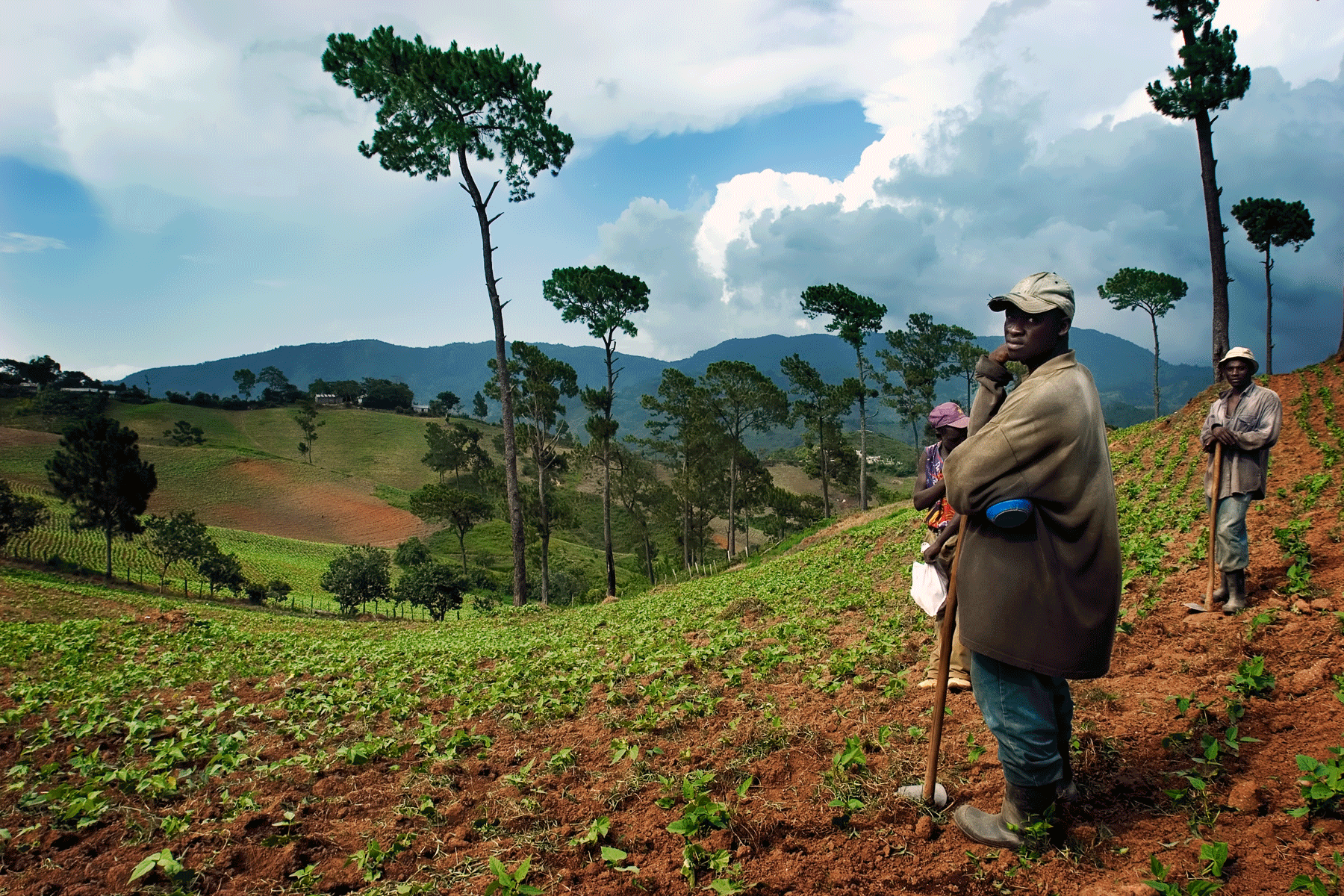
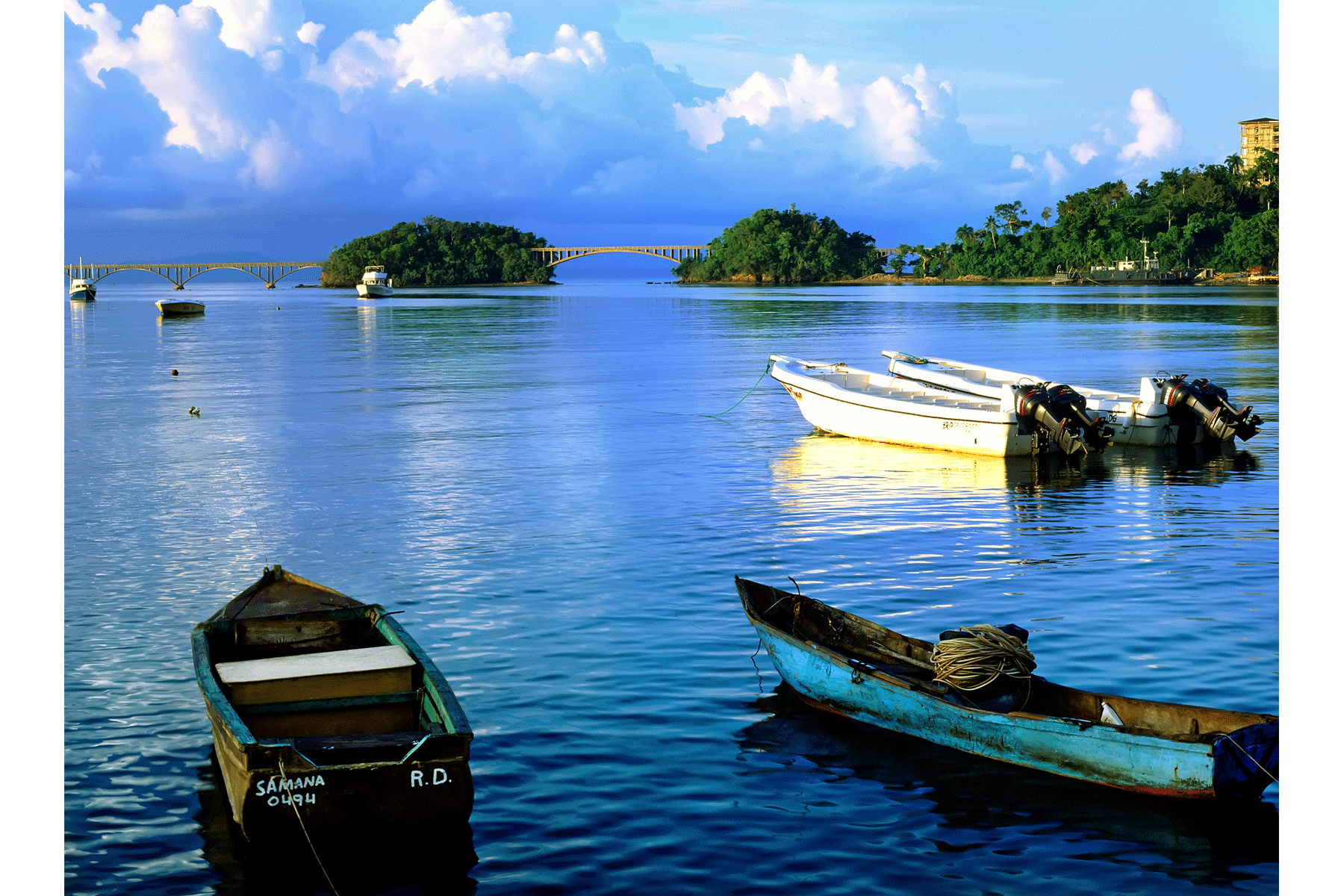
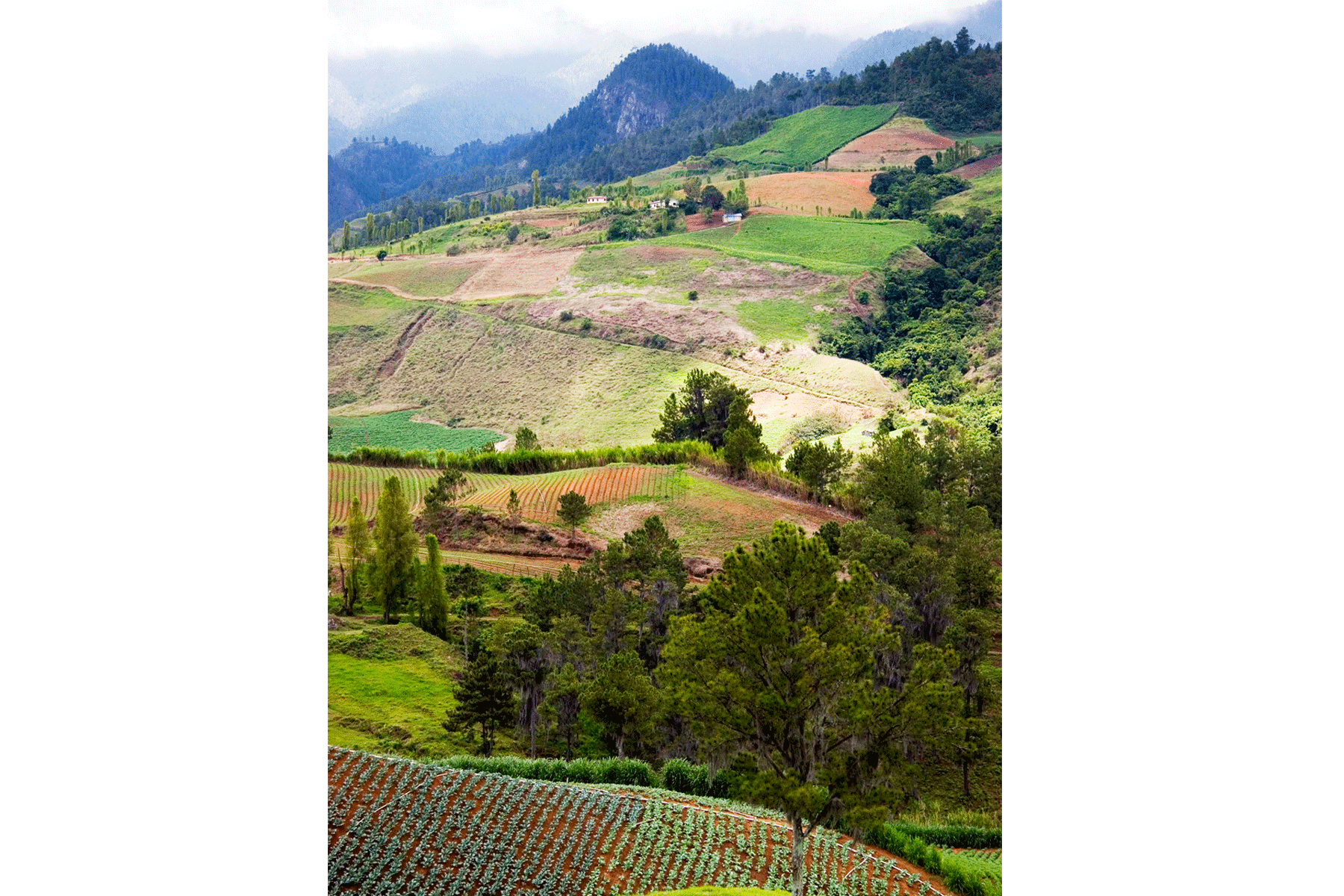
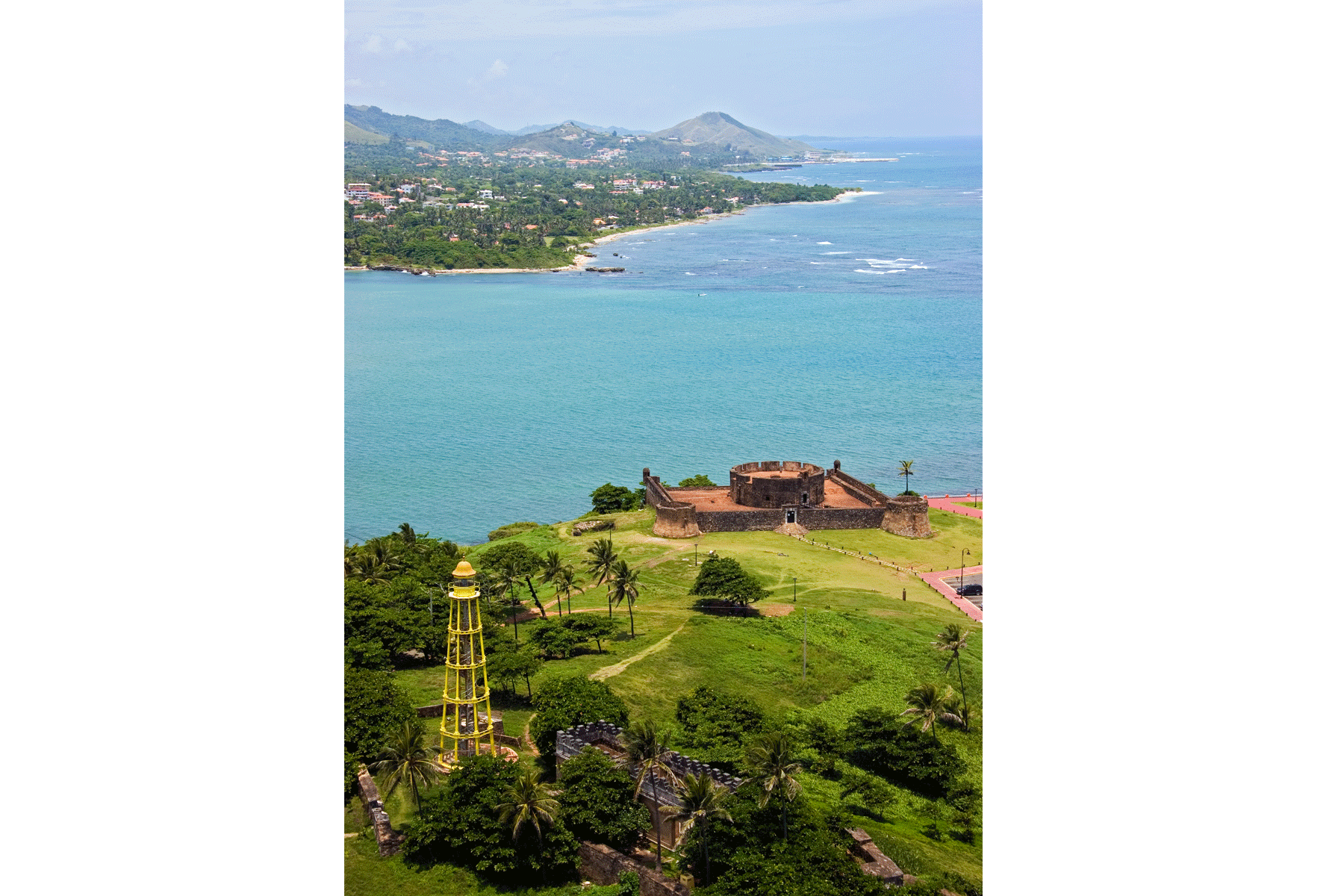
The Dominican Republic tourism has grown rapidly over the past twenty years or so. What was once a haven for the few now attracts about 5 million visitors a year. Not sure, but I would guess that about 90% of those are headed to one of the hundred or so all-inclusive resorts along the southern coast – from La Romana to Punta Cana. The area is known for its blinding-white sandy beaches, colorful atmosphere, tropical flavor…and unlimited food and alcohol. No wonder so few travel beyond the resort walls.
I lived in the Dominican Republic for more than 3 years in the mid-2000’s. Based out of Santo Domingo, the capital, I travelled and photographed every inch of the country. From Jimani and Pedernales on the Haitian border, the mountains in the interior, to those beautiful white sand beaches of Punta Cana and Bavaro, I covered it all – more than once.
I am still alive and happy to report that the country is much safer and navigable than many are lead to believe at the resort concierge desk. Sure, there are dangers just like anywhere else in the world, including here at home. Sensible and smart are the keywords to safety, wherever you go.
The Dominican Republic is a large country – more than double the size of Puerto Rico and Jamaica; not nearly the size of Cuba though. The Caribbean’s highest elevation is located at Pico Duarte in the interior of the country. There’s an arid area with cacti and other desert vegetation along the southwest border. There are ancient ruins of the indigenous Taino Indians and architectural monuments from the first Spanish settlement dating from the late 1400’s. All this is just a small sample of amazing adventures that await those willing to step outside the resorts.
One of my favorite areas is the Cibao region located in the center of the country. It is a mountainous region known for Pico Duarte and the abundance of waterfalls, rivers, and agricultural bounty. In addition to the natural wonders, there is a large Carnival celebration each February that attracts the adventurous crowd. Others visit for the outdoor adventures such as hiking, camping, and rafting.
The second largest city in the country, Santiago, is located here. However, two smaller towns, Constanza and Jarabacoa most call my attention. Jarabacoa is an eco-tourism destination while Constanza is the agricultural capital of the country. It is always a pleasure to drive the back roads, dirt roads, and trails to see the farmers cultivating and harvesting coffee, strawberries, lettuce, onions, and a multitude of other fruits and vegetables. Most pleasurable is the delicious fresh produce harvested daily and served up at little restaurants dotting the countryside.
I’m not suggesting to skip the fabulous all-inclusive resorts. They are wonderful and relaxing. But they’ll be offering the same unbeatable deal again next year. Whether it’s seeing the colonial architecture of Santo Domingo, the arid southwest or the Cibao, I highly recommend travelling outside the resort walls and experience the real Dominican Republic. The people are genuinely happy to see you, will welcome you with open arms, and make your experience memorable.

